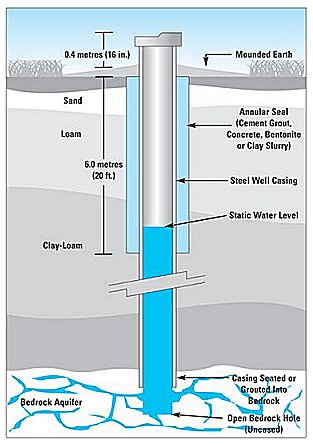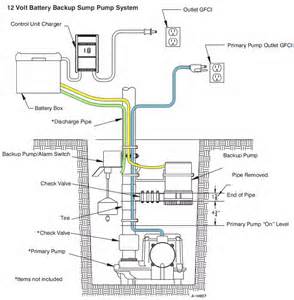Check Your Sump Pump!
Pat Scheper
A sump pump. It is one of those household appliances you don’t really think about until it stops working. It sits in a hole in your basement floor, generally has a lid covering it. It’s in a remote corner of your basement with boxes of “stuff” piled around it…or shelves built over it. My sump pump sits in a small closet that stores “stuff” we haven’t used in years. It is easy to ignore it. There are a few reason why a sump pump system fails….all can result in a flooded basement;
- The pump is unplugged.
- The pump has failed, burnt up, gave up the ghost, gone kaput…
- The float is stuck and can’t rise with the water level to turn on the pump.
- The check valve has failed.
- The discharge pipe does not direct the water away from the house.
- Ice & snow block the discharge pipe.
- Power outage
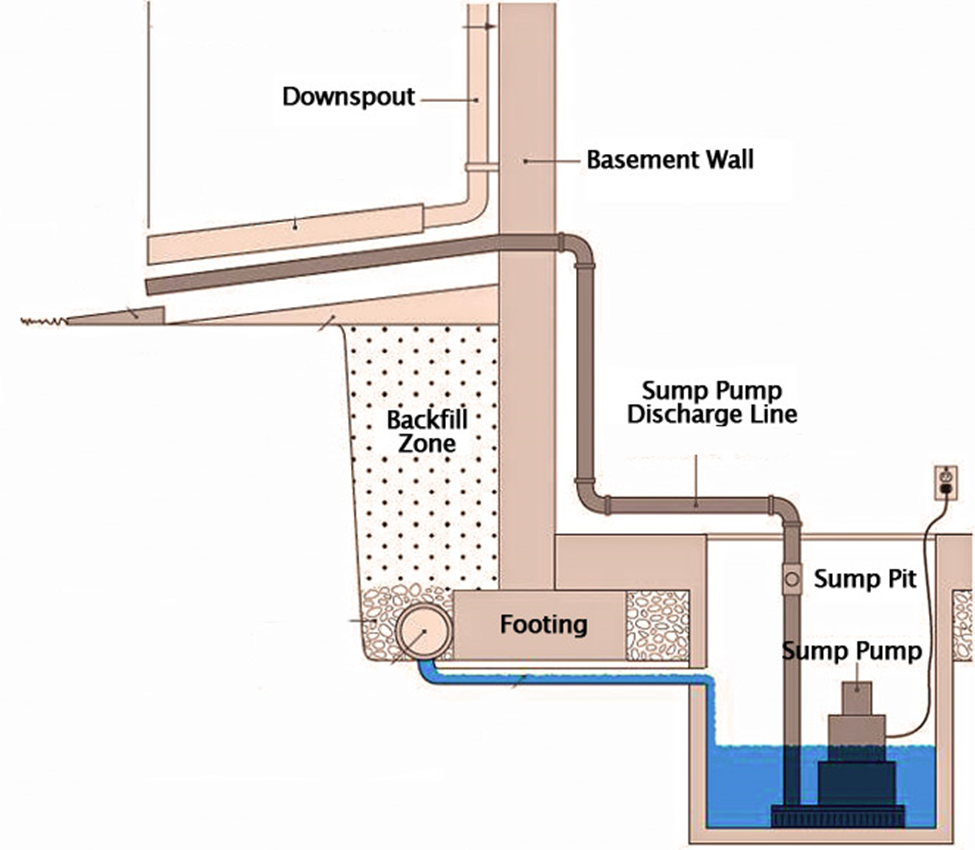
The best way to see if the system is working is to test it.
The best method to check sump pump system:
- Make sure the sump pump is plugged into a working electrical outlet.
- Remove the lid and inspect the sump with a flashlight. Look for debris in the sump. There should only be the pump and associated pipe in the pit. Clean out anything else.
- Inspect the bottom of the pit. The pump should be sitting on a bed of stone, a cinder block or bricks. Silt can wash into the sump over time and build up on the bottom of the pit causing the pump to clog. If you see silt or muck around the base of the pump, you may need to have the sump cleaned out.
- Also look for pipes extending into the sump. You may see a couple of black corrugated pipes and a couple of PVC pipes. Make sure these pipes do not extend into the pit such that they could interfere with the float on the pump.
- Once you’ve completed your visual inspection you can actually test the pump. Slowly pour 5 gallons of water into the sump. Depending on the size of the sump, you may have to pour more than 5 gallons. As you pour in water the float will rise and activate the pump. At this point you should see the water level slowly drop and shut the pump off when your float drops back below the shutoff level. If that's not what happens, troubleshoot and repair/replace as needed.
- Inspect the discharge pipe outside. You should see water flowing from it when the pump is running. It should be directed away from the house with a splash block or a pipe extension. If the pipe is discharging at the foundation wall you will need to make a change.
POWER OUTAGE
Your sump pump is needed most during a storm. However, storms can bring power outages causing the sump pump system to fail. What to do? A battery back-up sump pump is just the ticket. There are a variety of systems to be had with various whistles and bells. Just remember, on a battery back-up system the pump is smaller than your sump pump meaning is will pump less water. And, the battery will run out of power if the outage is prolonged. Zoeller Pump Company makes a water powered back up sump pump for houses with a municipal water supply. They are pretty cool.
If you need help with your sump pump, need it repaired or inspected, call us at 410.840.8118. We'll be glad to help!

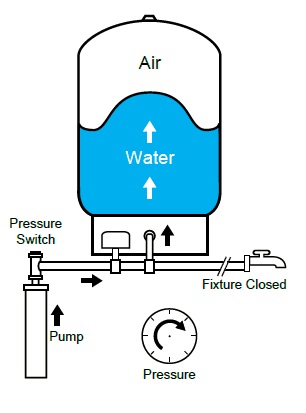 Inside of that tank are two bladders that sit on top of each other. The top bladder is completely sealed and filled with air. The air pressure in the tank varies for the house, but the standard is when the tank has no water in it we pre-charge the air pressure to 38psi. The bottom bladder is a water reservoir that is connected to the plumbing system. When we first turn on the well pump it fills the bottom bladder of the well tank with water. As the tank fills up the top bladder filled with air is contracted and as a result the air pressure builds.
Inside of that tank are two bladders that sit on top of each other. The top bladder is completely sealed and filled with air. The air pressure in the tank varies for the house, but the standard is when the tank has no water in it we pre-charge the air pressure to 38psi. The bottom bladder is a water reservoir that is connected to the plumbing system. When we first turn on the well pump it fills the bottom bladder of the well tank with water. As the tank fills up the top bladder filled with air is contracted and as a result the air pressure builds.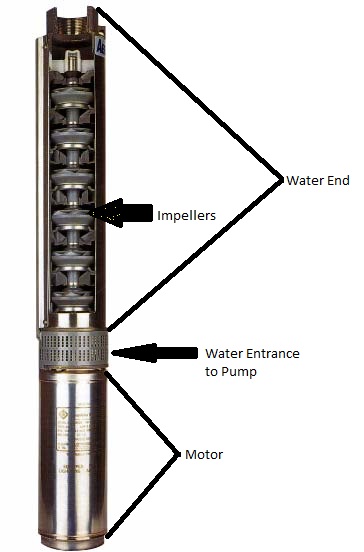 So how does the submersible well pump work?
So how does the submersible well pump work?
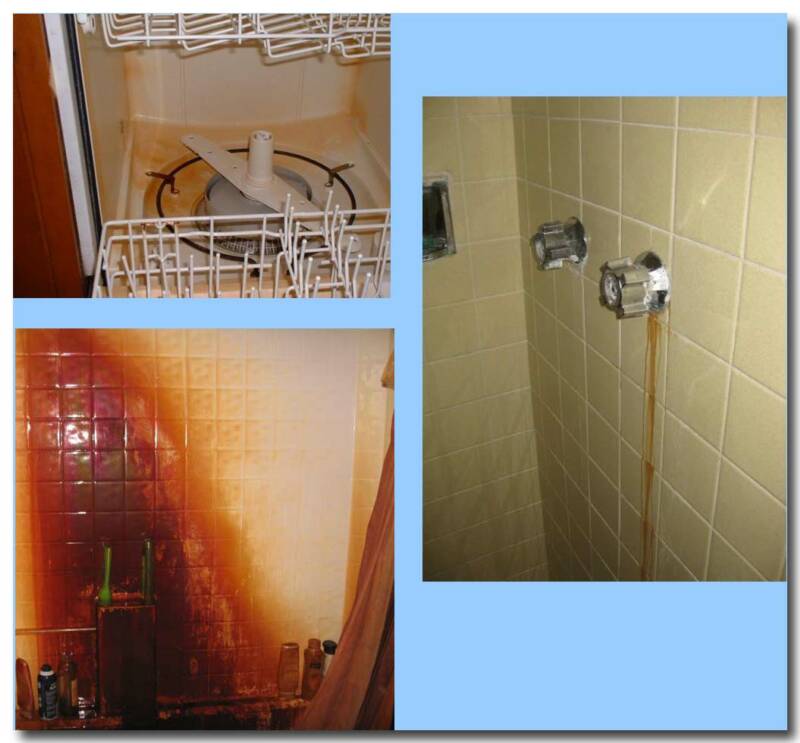
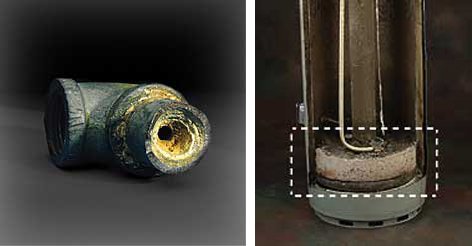 Hard water builds up and forms deposits that clog up your pipes. These deposits, of course, restrict the flow of your water and can corrode pipes, dishwashers and washing machines as well as the various pieces of plumbing equipment you have in your home. Maybe most importantly, hard water causes scale and sediment buildup in your water heater (as pictured in the second image) decreasing heating efficiency, gallon capacity, and the life expectancy of the water heater.
Hard water builds up and forms deposits that clog up your pipes. These deposits, of course, restrict the flow of your water and can corrode pipes, dishwashers and washing machines as well as the various pieces of plumbing equipment you have in your home. Maybe most importantly, hard water causes scale and sediment buildup in your water heater (as pictured in the second image) decreasing heating efficiency, gallon capacity, and the life expectancy of the water heater.


